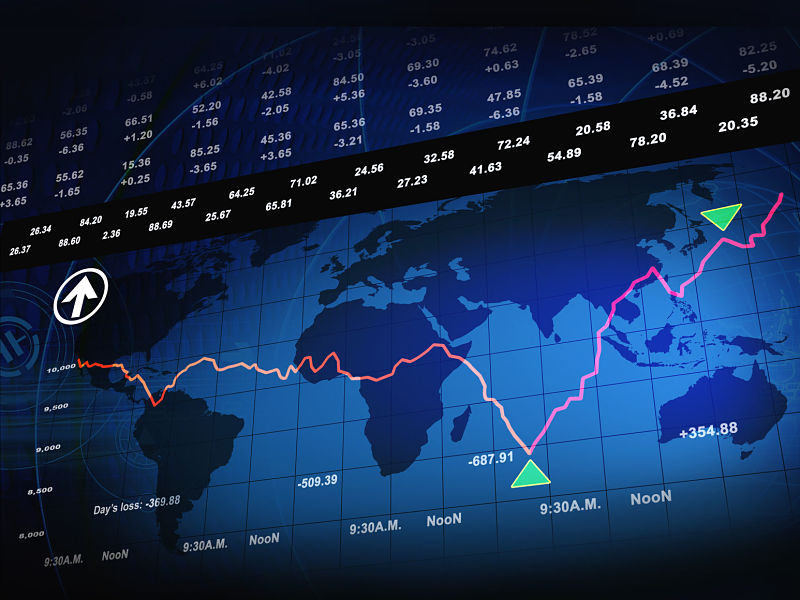
Canada’s main stock index began the first full trading week of 2019 higher as it got a push from ongoing crude oil price hikes while the loonie hit a four-week high.
The fragility of the past few weeks, including a rocky end to 2018 and volatility to start the new year, gave way to a relief rally Monday amid an underlying tone of optimism and improved sentiment, says Candice Bangsund, portfolio manager with Fiera Capital Corp.
The change has come as the U.S. Federal Reserve Board chairman last week signalled the U.S. central bank would take a more flexible approach to raising interest rates; China’s central bank announced stimulus measures; crude oil continue to rally; strong U.S. jobless numbers; and Monday’s resumption of trade talks between the U.S. and China.
“We’re starting to see risk appetite return, so a little bit more confidence and a sense of calm coming over the marketplace, realizing perhaps the worst-case scenario that has been priced into the market is not going to be the base case,” she said in an interview.
The most crucial of these would be positive developments of the trade battle between the world’s two largest economies, Bangsund said.
The S&P/TSX composite index closed up by 77.51 points to 14,504.13 after initially sinking to a low of 14,383.06.
Most sectors gained on the day, led by technology and consumer discretionary, which were hit hardest during recent losses. The cannabis-heavy health-care sector, consumer staples and industrials also rose.
Leading the Toronto Stock Exchange were Alimentation Couche-Tard Inc., Canadian National Railway Co., Enbridge Inc., Canadian Pacific Railway Ltd. and TransCanada Corp. The biggest losers were Thomson Reuters Corp, Imperial Oil, Canadian Natural Resources, Toronto-Dominion Bank and Great-West Lifeco Inc.
Materials were weakest, losing 1% on lower copper prices, while financials were flat.
The key energy sector gained slightly as the price of crude rose for a seventh consecutive day with fears of oversupply diminishing as OPEC is following through on its commitment to cut production in the new year.
The February crude contract was up by US56¢ at US$48.52 a barrel and the February natural gas contract was down by US10¢ at US$2.94 per mmBTU.
A weaker U.S. dollar helped the loonie, which traded at an average of US75.11¢ compared with an average of US74.57¢ on Friday. It was the highest level since Dec. 7.
The February gold contract was up by US$4.10 at US$1,289.90 an ounce and the March copper contract was down by US1.05¢ at US$2.64 a pound.
In New York, markets performed even better with the Dow Jones industrial average up by 98.19 points at 23,531.35. The S&P 500 index was up by 17.75 points at 2,549.69, while the Nasdaq composite was up by 84.61 points at 6,823.47.
“After a very fragile start to the year here, things look to be turning around but of course markets are very temperamental and are watching the day-to-day developments at hand so it’s a volatile market environment but the good news is that growth seems to be still relatively strong,” added Bangsund.